The ‘Bu Lagoon
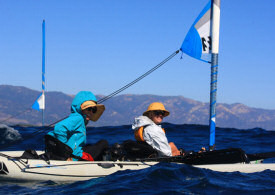 We had some feedback about the Malibu Lagoon issue that the TransparentSea voyage touched on, so I asked Surfers for Cetaceans ambassador Lauren Lindsey Hill for more information. Here is what she has sent us.
We had some feedback about the Malibu Lagoon issue that the TransparentSea voyage touched on, so I asked Surfers for Cetaceans ambassador Lauren Lindsey Hill for more information. Here is what she has sent us.
Preface
For the month of October I had the privilege of traveling down the coast of Southern California as part of the TransparentSea Voyage. One of the goals of the trip was to learn about and shed light upon local environmental organizations and the issues they attend to. No issue seemed more heated and complex than that of how to manage the Malibu Lagoon.
We had the opportunity to meet with representatives from several engaged NGOs from the region to discuss differing strategies for managing the lagoon. Each had their opinions and tactics.
We chose to highlight this issue not because we have any particular stance, rather, because we had the opportunity to glimpse into the complexity of issues at play in managing the Malibu Lagoon. We hoped to emphasize the importance of community involvement (from surfers in particular) in deciding the fate of the iconic beachscape.
Get Educated on the Malibu Lagoon Restoration
For years debate has been underway regarding how to best preserve and protect the 13 acre shallow water Malibu Lagoon located at Surfrider Beach. The Malibu Lagoon is the terminus of the Malibu Creek Watershed, the second largest watershed draining into Santa Monica Bay. Receiving approximately 1.5 million visitors each year, Surfrider Beach and the Malibu Lagoon are iconic both within surfing culture and beach culture at large.
Renovations have been ongoing for about 30 years at Malibu Lagoon. Previously used as a construction dump, then transformed into a baseball field, Malibu Lagoon is finally receiving the attention it deserves as an intrinsically valuable space.
However, controversy surrounds differing approaches of restoring, maintaining and maximizing biological health of the lagoon. Although opinions abound, two dominant management approaches emerge.
Heal the Bay, a Southern California based environmental organization, in cooperation with the California Department of Parks and Recreation and under a grant from the California State Coastal Conservancy, has led the charge in formulating The Malibu Lagoon Restoration Project. Heal the Bay claims that the lagoon is sick due to poor water flow, and that earlier renovations only began the process of maximizing the health of the lagoon. They hope to mechanistically restructure the lagoon’s human made channels to allow water to flow more freely.
Opponents of The Malibu Lagoon Restoration Project, including local NGO Save Malibu Lagoon and the Wetlands Defense Fund, insist that the project is unnecessarily destructive and counter productive, essentially destroying habitat in order to save it. They cite the thriving of endangered species like the Goby fish as evidence of nature creating balance on its own, despite human interference in the form of ineffective restructuring.
Those in favor of the The Malibu Lagoon Restoration Project claim that the short-term effects of the restoration plan, including use of heavy machinery and removal of flora and fauna from parts of the lagoon, are worth the long term gains of a potentially healthier lagoon system.
Activists with the Wetlands Defense Fund, however, say “state regulators should consider a more gentle restoration that would nix the bulldozers and instead use community groups to remove polluted sediment and replace nonnative plants.” (from latimes.com)
After meeting with representatives from Save Malibu Lagoon, Surfrider Foundation and Heal the Bay, the complexity of the issues at Malibu Lagoon became apparent. It seems as though the proposed management strategies for Malibu Lagoon boil down to a matter of philosophical difference. Both camps are doing the best work they can with the information they have, but are operating from fundamentally differing philosophical positions of environmental science. The Malibu Lagoon Restoration Project, of Heal the Bay and Surfrider Foundation among others, was drafted with the underlying assumption that through scientific understanding, with maps, models and machines, we can renovate and rebuild entire ecosystems to improve their biological health. Groups like Save Malibu Lagoon, on the other hand, advocate a less heavy-handed (and slower) approach. Their management stragety radiates from a position of preferring nature to run its own course with assistance (rather than utter reconstruction) from humans.
The complexity of facilitating a restoration of Malibu Lagoon comes with the breadth of human induced challenges plaguing the entire watershed, including poor water quality, erosion, aging septic systems and more. Over the past 100 years we have altered what was the naturally occurring Arroyo river delta and transformed the area according to human needs (for trash or recreation, specifically). In 1983 the physical structure of the Lagoon was restructured with bulldozers and fill, creating apparently hydrologically ineffective channels that leaves water to stagnate in (according to Heal the Bay).
The question becomes, do we take another stab at reconfiguring a system that we have interfered with so many times before? Is a gentle approach enough to deal with a far from gentle history of human usage of the area? Wetland science has come a long way in understanding how these systems work, but is short-term destruction worth potential (but not definite) long-term improvement?
Further, even if the physical structure of a lagoon fits our scientific specifications of what we currently understand to be a healthy ecosystem, can it truly be healthy if we still excrete polluted water into it?
Beyond the immediacy of restoring The Malibu Lagoon, this situation serves as a case study into our relation and treatment of nature. As we have more groups attempting to preserve and protect our wild places we will also have more approaches for management of those spaces. We should consider the philosophies behind each strategy in order to determine what is most appropriate. Community involvement is key to the decision-making process.
Get educated:
articles.latimes.com/2010/oct/12/local/la-me-malibu-lagoon-20101012
surfline.com/surf-news/surf-and-the-malibu-lagoon-restoration-project_54876/
web.me.com/annsdoneen/SaveMalibuLagoon/FACTS__Q_%26_A.html
sites.healthebay.org/assets/pdfdocs/mlhep/Malibu_Lagoon_Restoration_QA.pdf
healthebay.org/sites/default/files/Malibu-Lagoon-Myth-vs-Fact_P11_Currents_2011-v25-n4_Spring.pdf
web.me.com/annsdoneen/SaveMalibuLagoon/Background__The_project_that_kills_wildlife.html
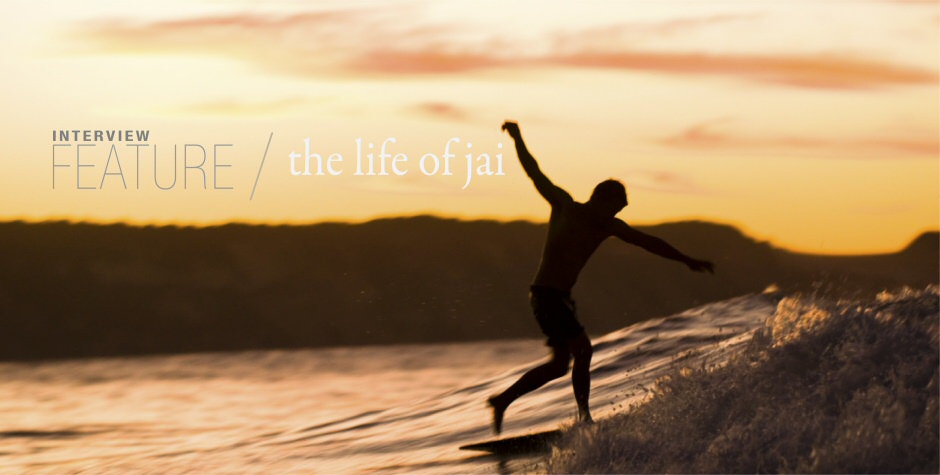
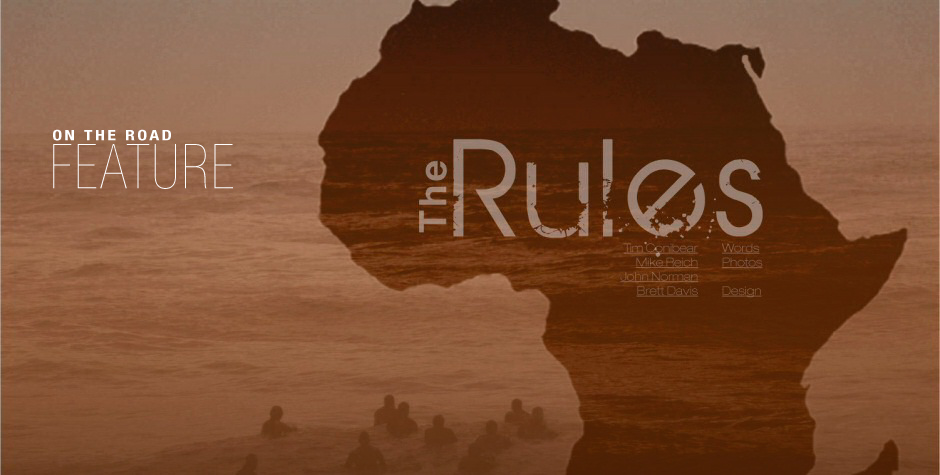
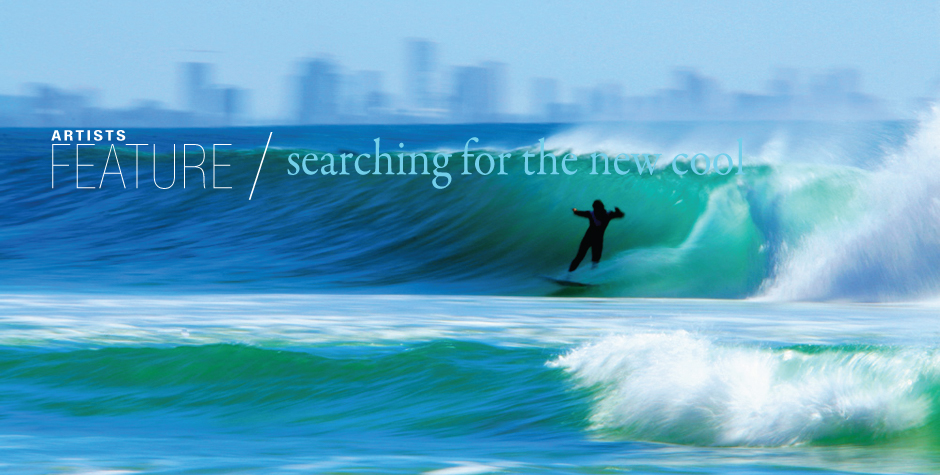
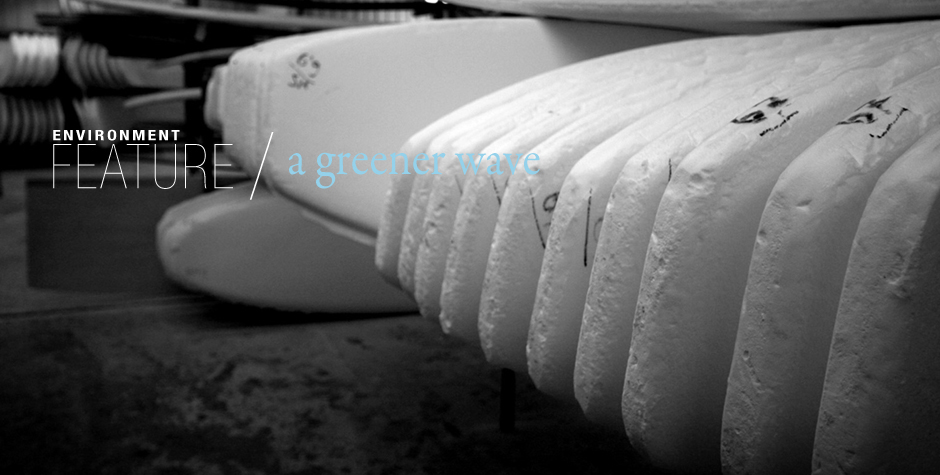
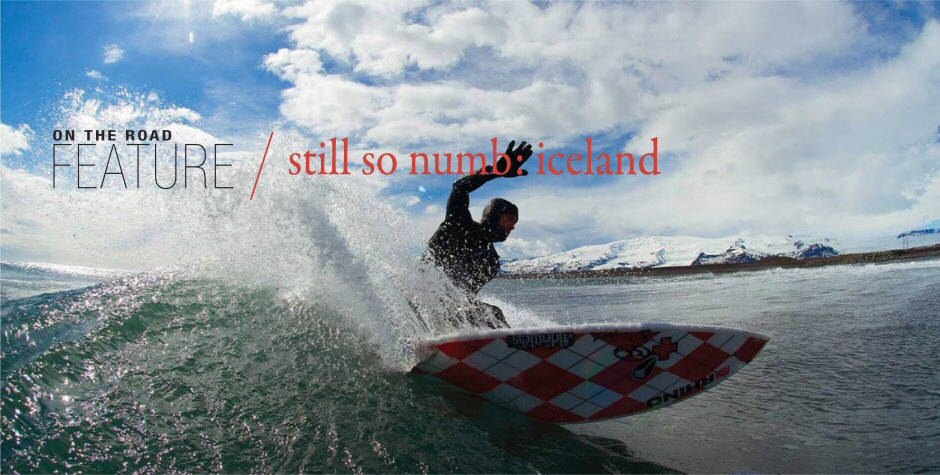
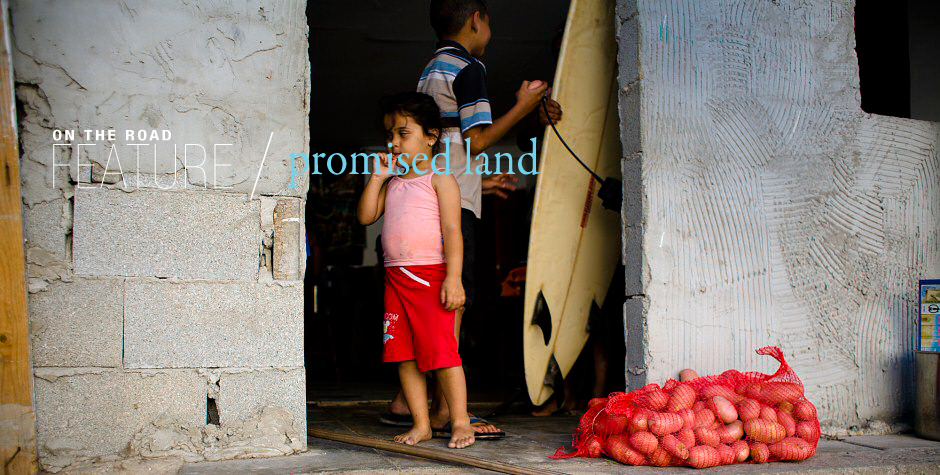


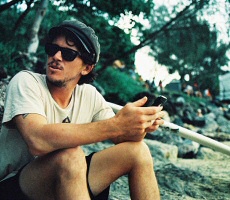
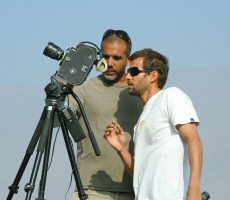

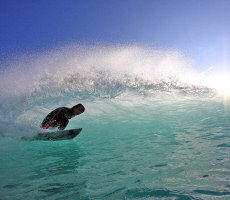
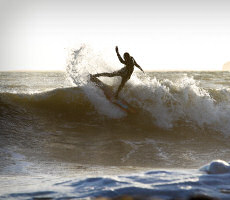
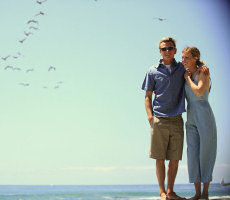


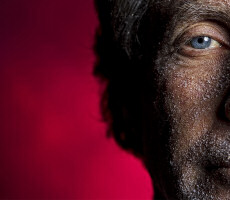
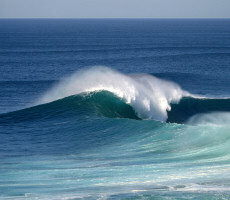


I am surprised that there is no official stance….what about a do no harm approach? That would be a great way to approach all situations; even ones of controversy. Harming an ecosystem in order to save it should not be accepted by anyone, especially environmentalists. Have we not seen this tactic of harm enough?
1When corporations sponsor non-profits, all should be wary. The largest donors at Heal The Bay’s last fundraiser
were engineering giants who specialize in dredging and wetlands restoration. This is reason to be suspect.
I would like to point out that Malibu Lagoon was never a dump site for trash. That area is on the other side of the bridge; we have images going back to the 1920′s as well as generations of families that agree; the lagoon was seasonal, the water quality pristine. The Tapia Reclamation Facility is what changed the lagoon for the worst, before that, kids would swim in it without worry.
Thank you for having this discussion; it is so important.
Athena Shlien
2